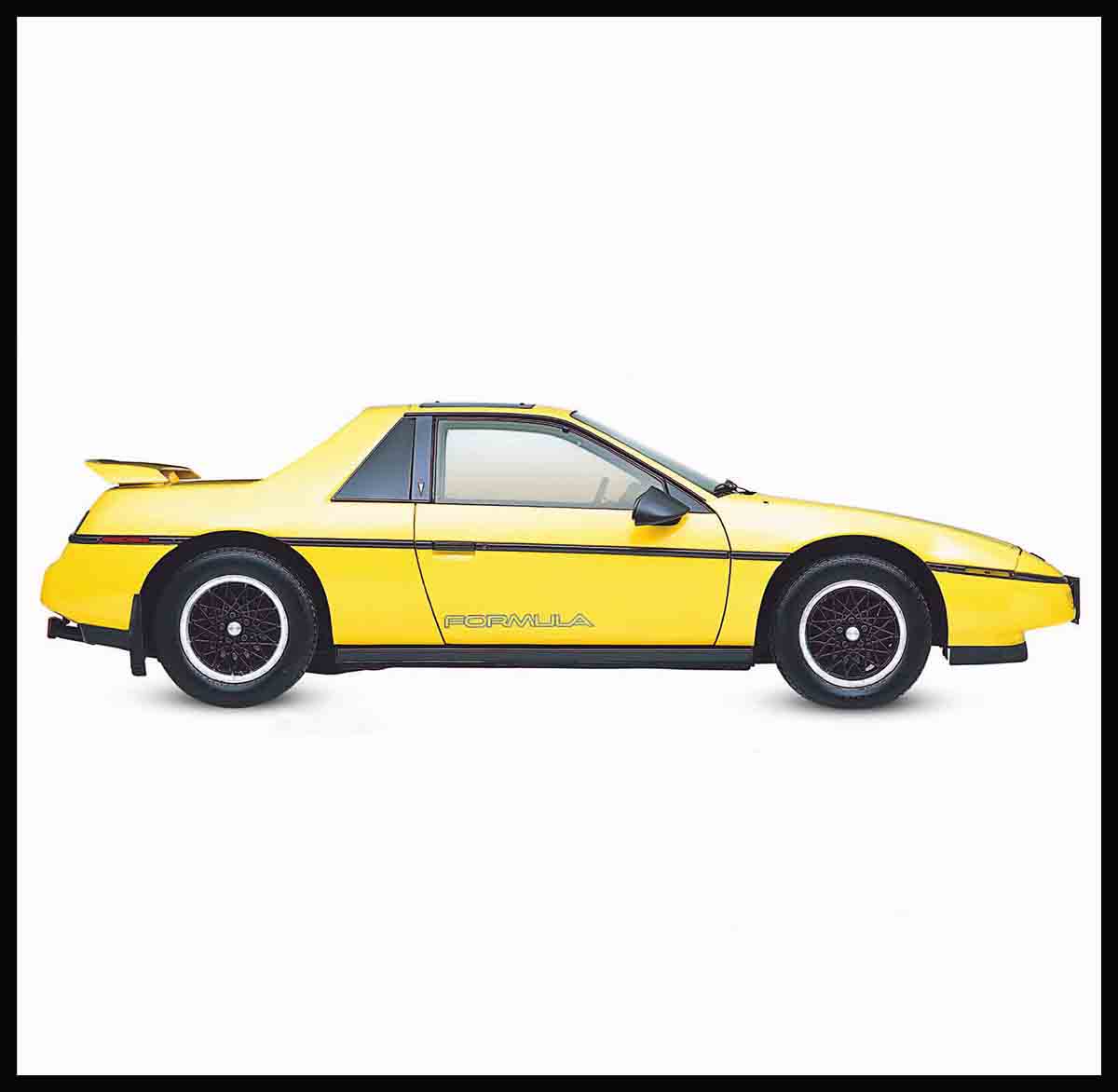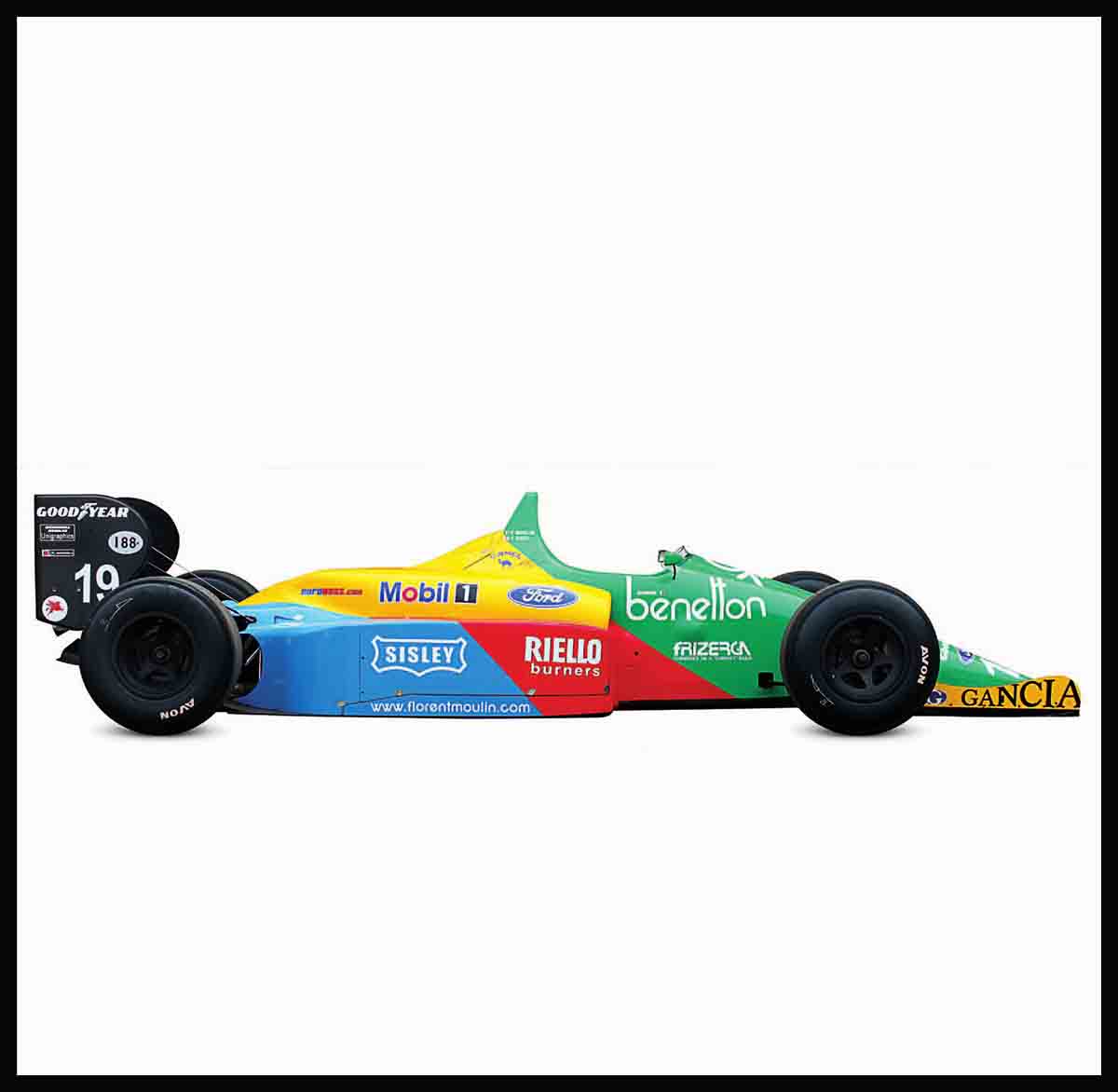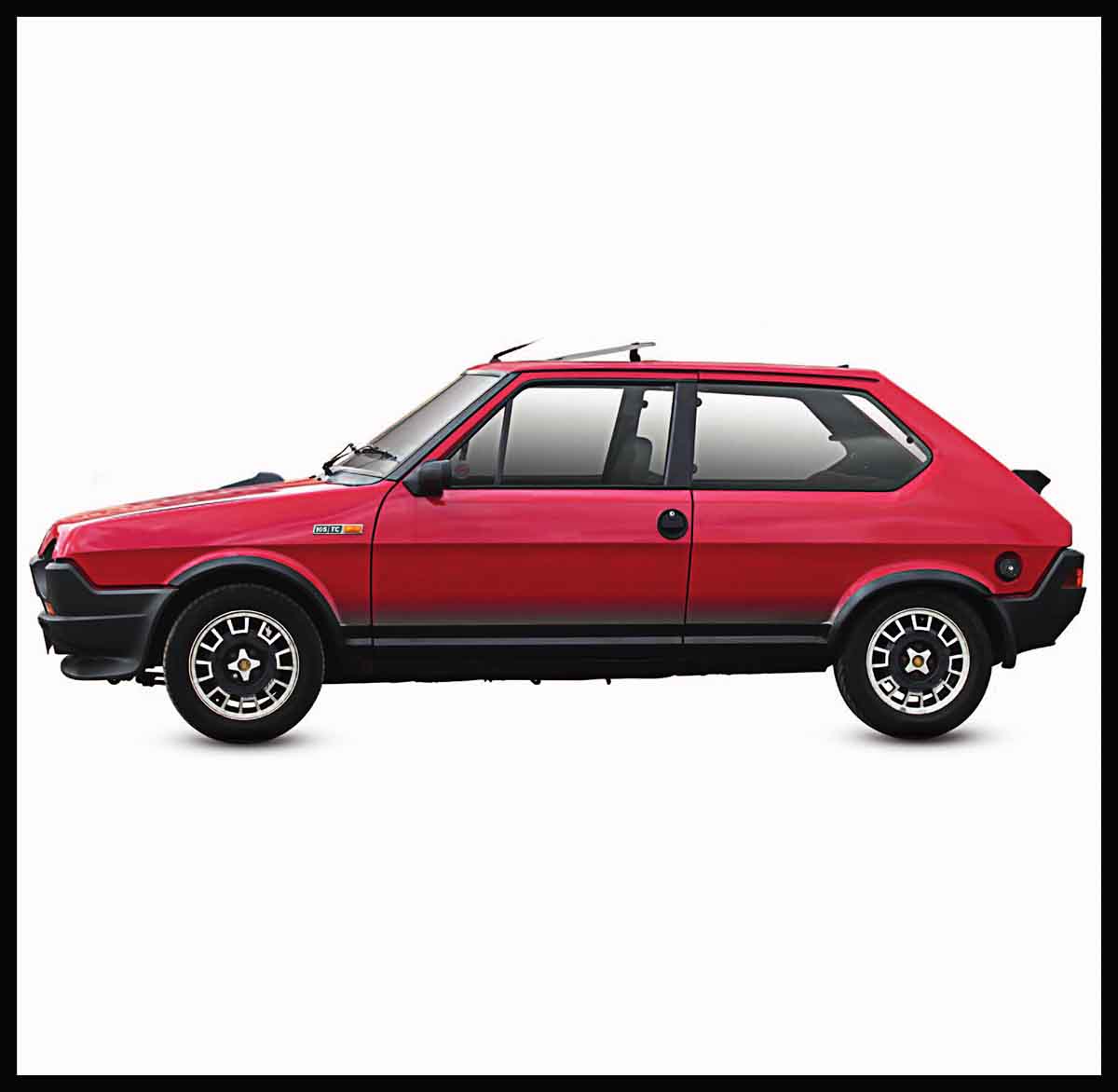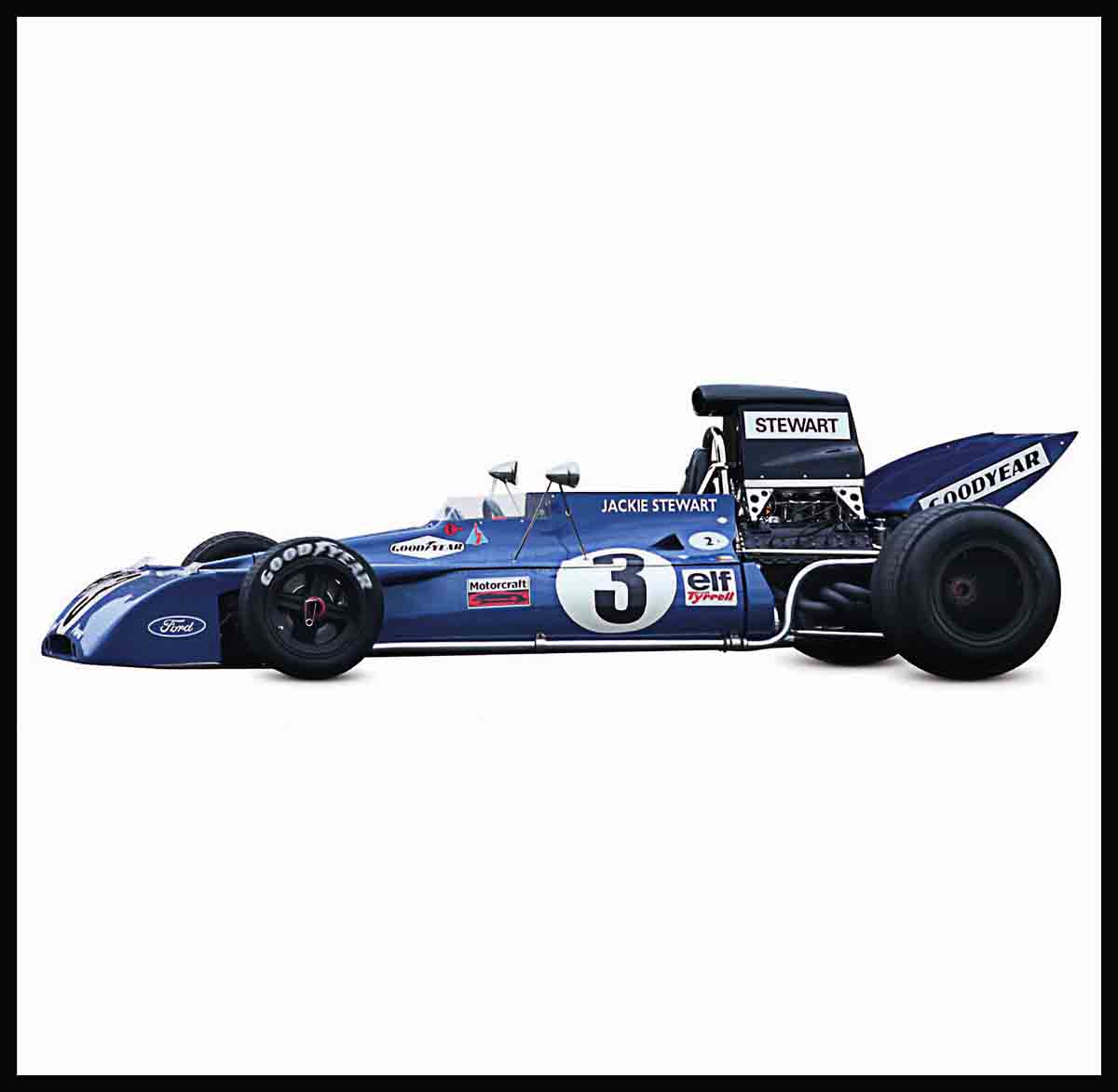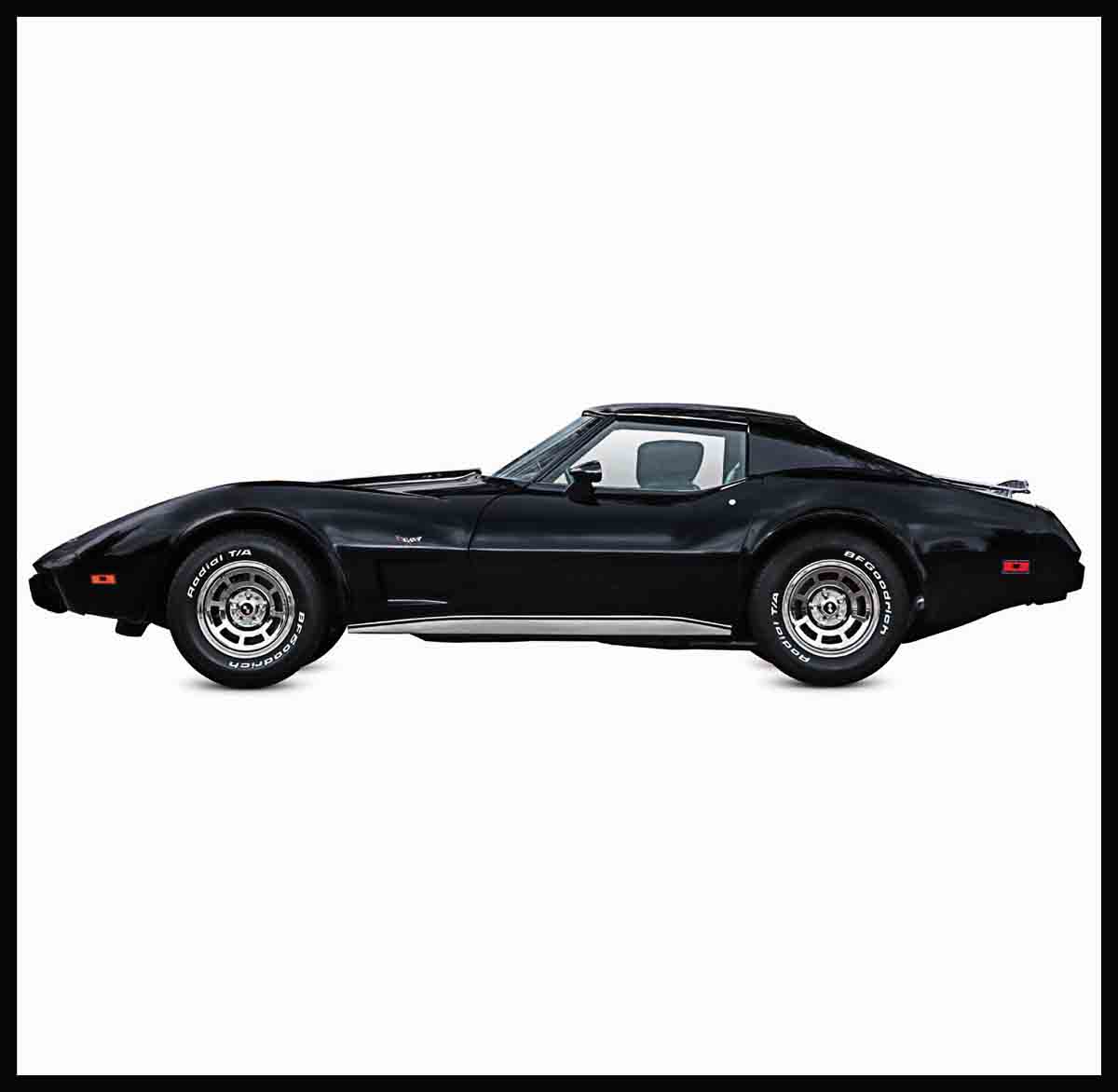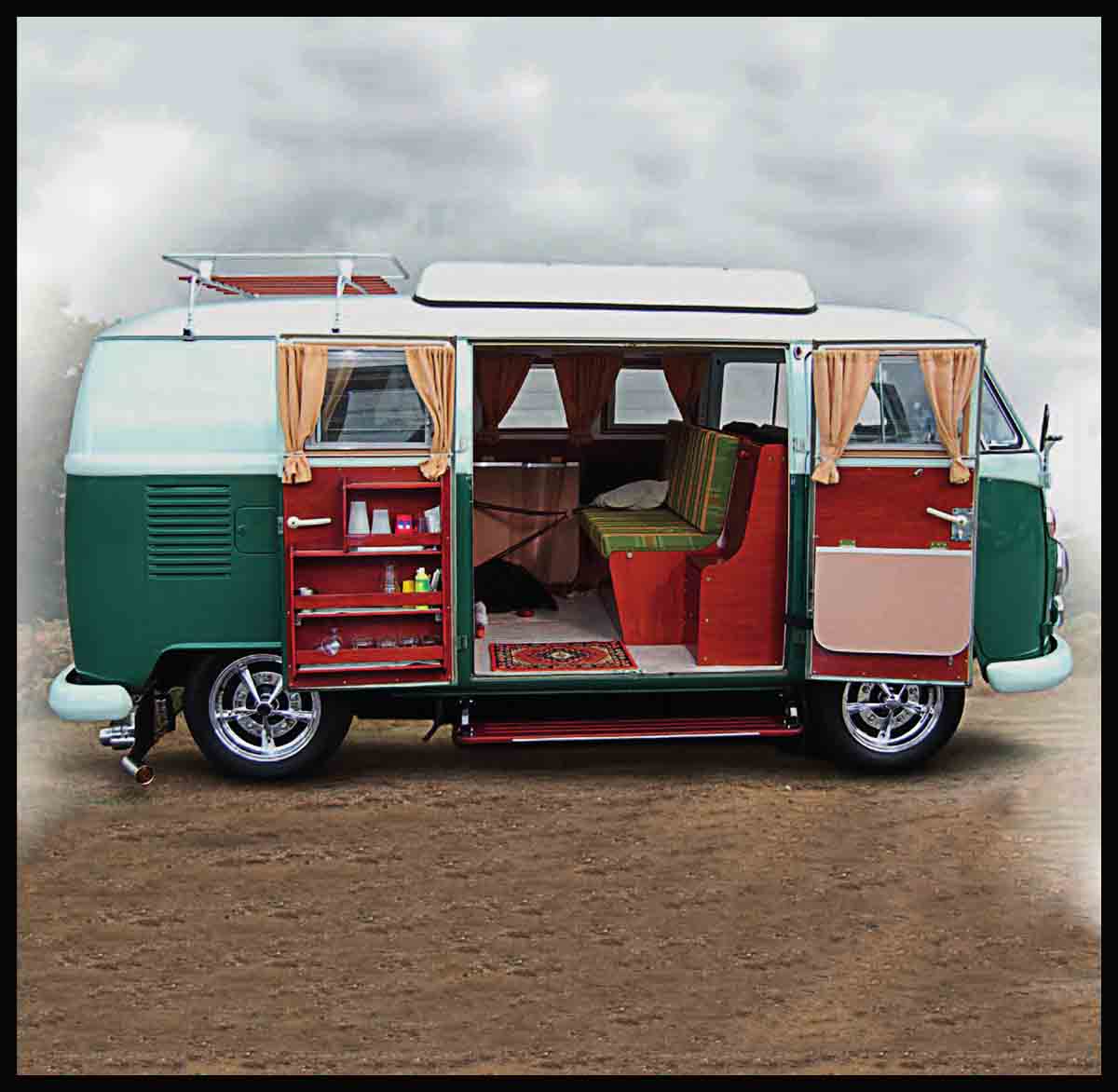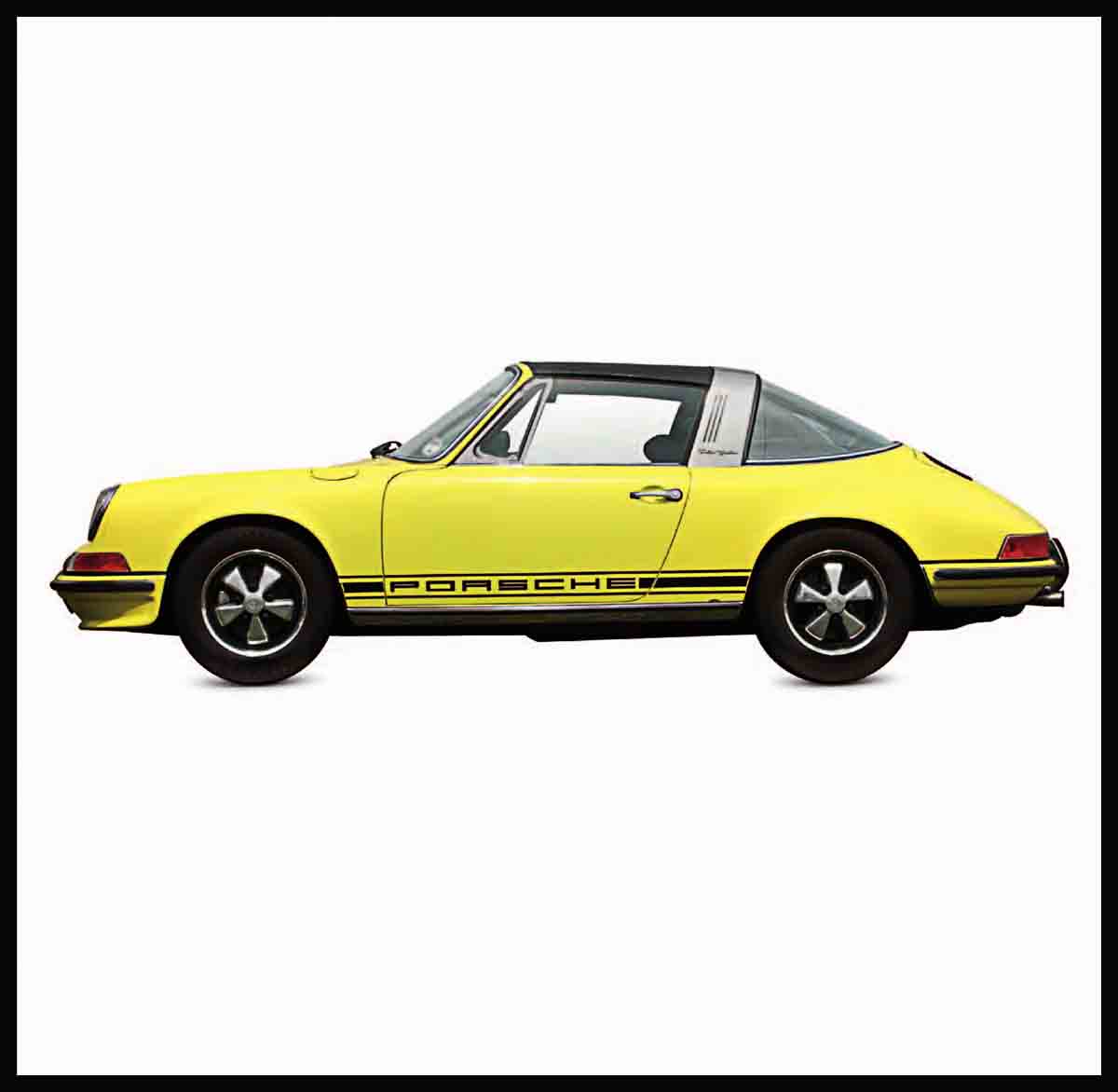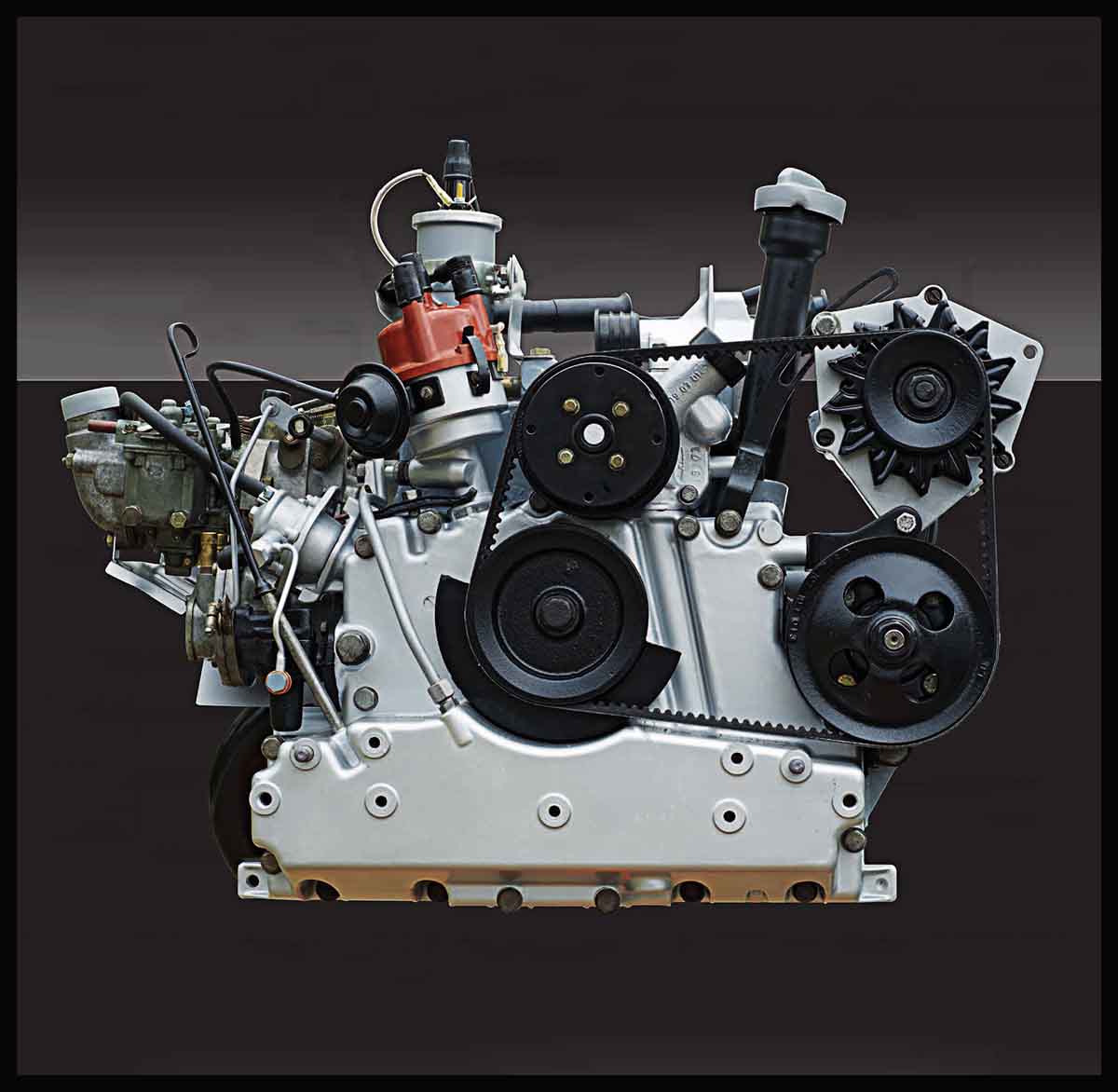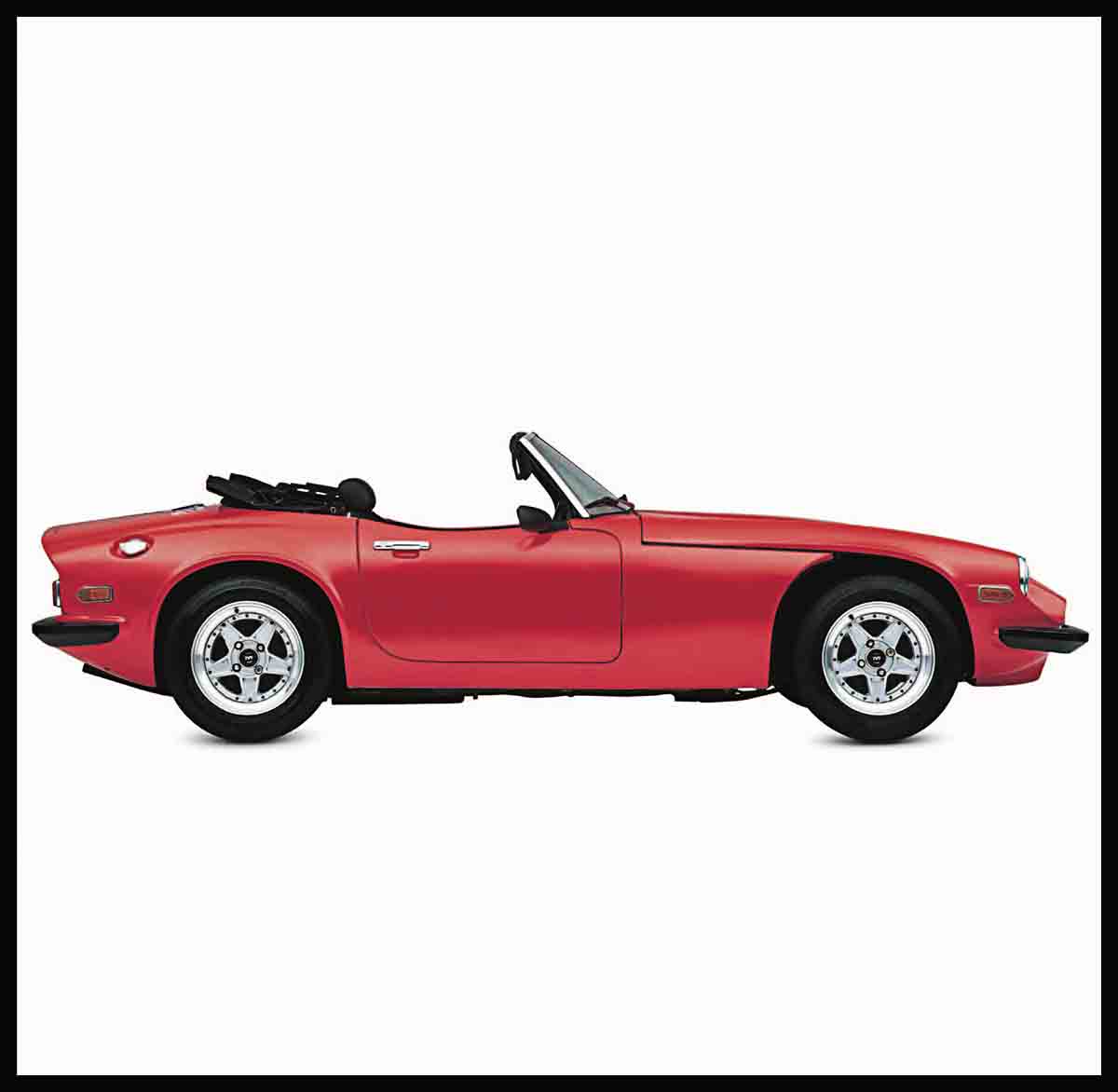Superminis
Once the British-made Mini had shown how large the market was for compact four-seater cars with small engines, manufacturers worldwide stepped in to satisfy demand. With safety legislation becoming increasingly influential, the minis grew into superminis, which were larger, but still triumphs of packaging. Virtually...


